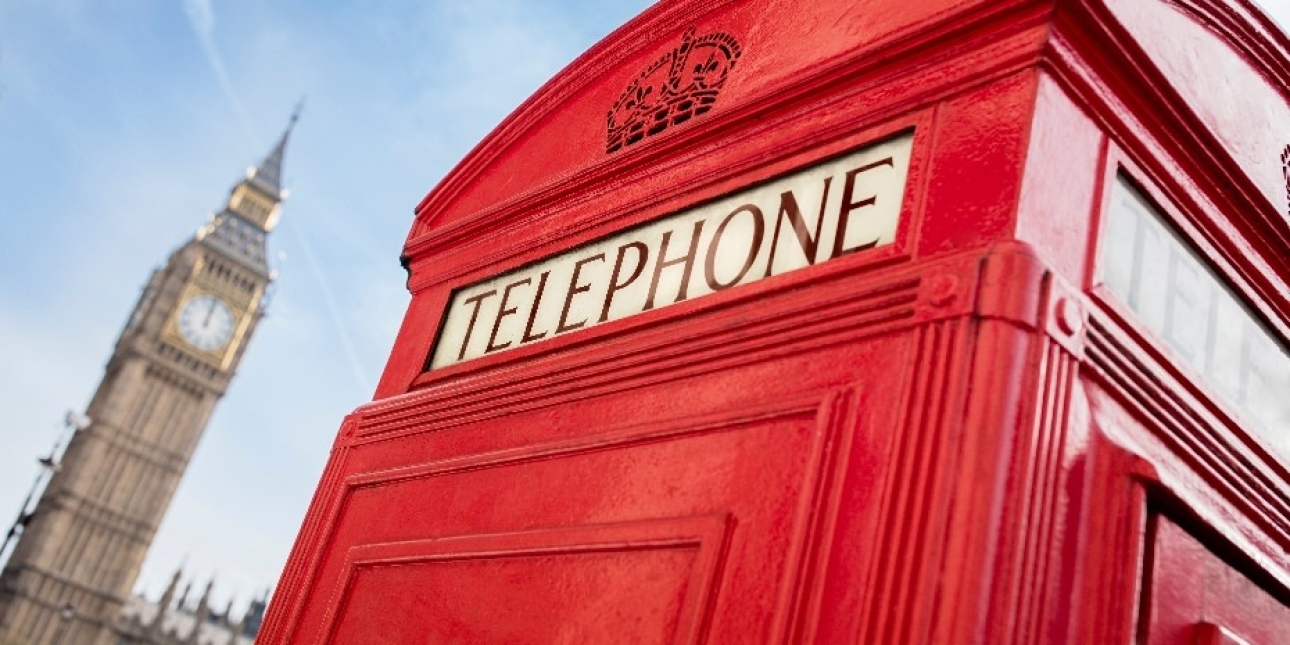PUBLIC RELATIONS
Monday 2nd November 2020
Getting The Responses Right: Consultations and Inquiries
Consultation and inquiry responses are a mainstay of proactive public affairs and engagement. But what are best ways to ensure their effectiveness?
Consultations can come out of central government as well as regulators and other bodies. Many of the inquiries we deal with result from Select Committees or All Party Groups trying to get to grips with an issue or holding the government to account.
But whatever their source, it is important to ensure that your response delivers maximum impact. They can really help to shape policy development, especially early on in the political cycle.
The fundamental building block is to ensure that you have a monitoring system in place that picks up the opportunities. There is nothing worse than missing out on having a say. Not only does it look shoddy but it can come back to haunt you later if you have to admit to politicians that you missed out.
Knowing what is going on is also about stakeholder engagement and shared information across networks. No one should feel that they have a monopoly on such information.
Once the opportunity for a response has been identified, what should you do? It is fundamentally about good research to develop the responses.
To ensure that they have maximum impact, the approach should be to:
1: Undertake background research on previous related papers, consultations, government statements, speeches so you can learn from the past and understand more about the drivers for change. It helps manage your own position and expectations as well.
2: Draw expertise from across the organisation – be sure to liaise closely with colleagues and expert panels (or get your client to do this) so that have real data, feedback and case studies to use in a response. Also, remember what you have said in the past and how the position has developed.
3: Understand the process around the consultation, next steps etc. – this helps to develop your solutions and asks.
4: Consider the positions being adopted by others, and their responses etc. – in case you need to develop responses to these as part of your submission or get called in for oral evidence in the case of a select committee.
5: Allow sufficient time for drafts to be signed-off – this is a common enough failing. The submission deadline is rarely the deadline you need to work to.
These all help to frame the response and increase its effectiveness. But it is also important to think about what supporting communications or engagement activity could be useful as well.
There can be restrictions on papers that go into Select Committees so be aware of those but be prepared to think about:
A good and effective response is not just about the submission itself but also thinking about wider engagement opportunities as well.
Consultations can come out of central government as well as regulators and other bodies. Many of the inquiries we deal with result from Select Committees or All Party Groups trying to get to grips with an issue or holding the government to account.
But whatever their source, it is important to ensure that your response delivers maximum impact. They can really help to shape policy development, especially early on in the political cycle.
The fundamental building block is to ensure that you have a monitoring system in place that picks up the opportunities. There is nothing worse than missing out on having a say. Not only does it look shoddy but it can come back to haunt you later if you have to admit to politicians that you missed out.
Knowing what is going on is also about stakeholder engagement and shared information across networks. No one should feel that they have a monopoly on such information.
Once the opportunity for a response has been identified, what should you do? It is fundamentally about good research to develop the responses.
To ensure that they have maximum impact, the approach should be to:
1: Undertake background research on previous related papers, consultations, government statements, speeches so you can learn from the past and understand more about the drivers for change. It helps manage your own position and expectations as well.
2: Draw expertise from across the organisation – be sure to liaise closely with colleagues and expert panels (or get your client to do this) so that have real data, feedback and case studies to use in a response. Also, remember what you have said in the past and how the position has developed.
3: Understand the process around the consultation, next steps etc. – this helps to develop your solutions and asks.
4: Consider the positions being adopted by others, and their responses etc. – in case you need to develop responses to these as part of your submission or get called in for oral evidence in the case of a select committee.
5: Allow sufficient time for drafts to be signed-off – this is a common enough failing. The submission deadline is rarely the deadline you need to work to.
These all help to frame the response and increase its effectiveness. But it is also important to think about what supporting communications or engagement activity could be useful as well.
There can be restrictions on papers that go into Select Committees so be aware of those but be prepared to think about:
- Whether there is any direct engagement that is required at key points throughout?
- The possibility of any ‘deeper’ involvement in the consultation process – additional evidence, membership of advisory groups etc.
- The use of media engagement to promote the issues in the response
- Opportunities and benefits from wider thought leadership activity
- Wider distribution of the response
A good and effective response is not just about the submission itself but also thinking about wider engagement opportunities as well.




